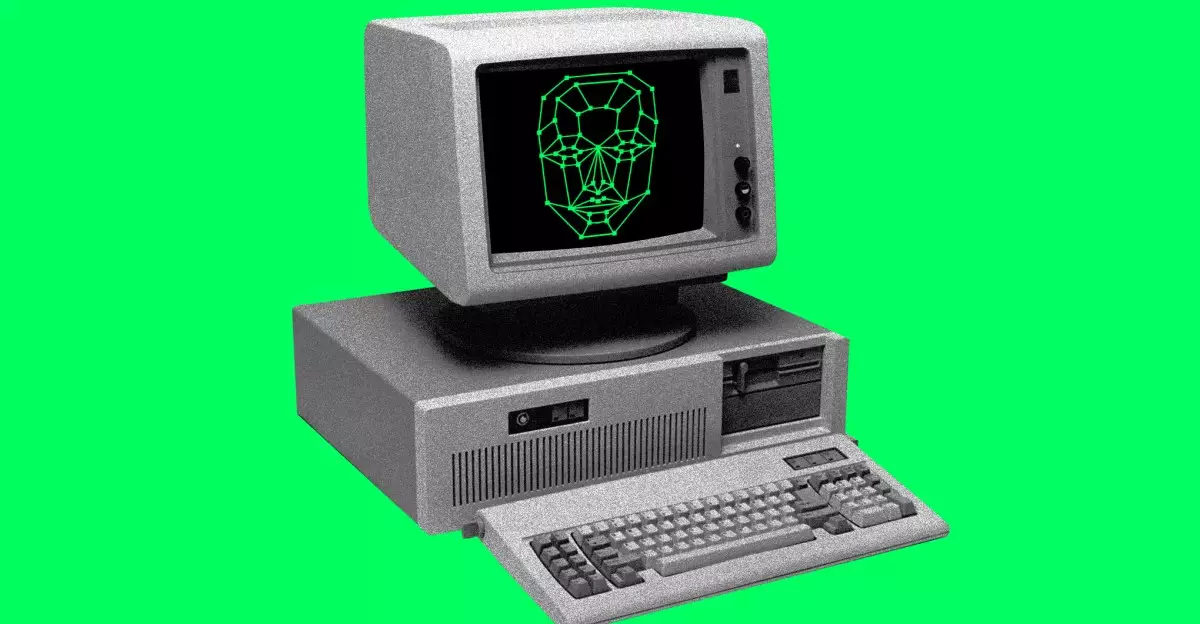Artificial Intelligence has revolutionized content creation, promising efficiency, creativity, and democratization of media production. However, beneath this shiny veneer lies a troubling reality: AI tools, despite their sophisticated algorithms, often reproduce the biases embedded in their training data. When platforms like Google’s Veo 3 generate videos filled with racist stereotypes and xenophobic tropes, it exposes a glaring flaw in our reliance on these technologies. AI doesn’t operate in a vacuum; it absorbs societal prejudices, and if left unchecked, it can amplify hate rather than diminish it.
The recent proliferation of racist content generated by Veo 3 exemplifies this danger. These videos, often just a few seconds long, may seem innocuous or fleeting, but their reach and impact are far from trivial. With millions of views on platforms like TikTok, these clips influence public perceptions, reinforce harmful stereotypes, and perpetuate cycles of discrimination. The fact that such content continues to circulate raises questions about the effectiveness of current moderation mechanisms and the ethical responsibilities of AI developers.
Technological Oversight and Ethical Responsibilities
While Google states that Veo 3 is designed to block harmful requests, the existence of openly racist content suggests a disconnect between policy and implementation. This discrepancy underscores a critical oversight: the assumption that AI systems can be entirely neutral or self-regulating. In reality, harmful outputs often exploit gaps in moderation or are deliberately crafted to evade filters.
Content moderation on social media platforms like TikTok or YouTube attempts to curb hate speech and racist tropes. Yet, the persistence of these videos indicates that algorithms and community guidelines are insufficient. The challenge lies in the fact that hate can be subtle, coded, or masked within seemingly innocuous clips. As such, platforms must prioritize proactive oversight, employing human reviewers and continually refining AI detection tools. Relying solely on automated filters risks overlooking nuanced content that sustains harmful narratives.
The Broader Societal Impact and the Need for Vigilance
The mere existence of racist and antisemitic AI-generated videos spotlights a deeper societal issue: the normalization of hate speech and stereotypes in digital spaces. These videos are not isolated incidents but symptoms of a broader problem—an online environment where prejudice can flourish unchallenged, often cloaked in the guise of entertainment or technological novelty.
The proliferation of such harmful content exposes the urgent need for a multifaceted approach involving AI developers, platform regulators, and civil society. AI tools must be designed with built-in safeguards that actively detect and prevent the generation of racist or hateful content. Equally important is fostering digital literacy among users, empowering them to identify and reject such harmful materials.
Ultimately, AI’s potential for good can only be realized when it is wielded responsibly. This requires ongoing examination of ethical standards, transparent accountability, and a commitment to combat the insidious spread of hate. The current situation serves as a stark reminder: technology, while powerful, is ultimately a mirror of human society—flaws and all. Without rigorous oversight, AI risks becoming a vessel for the very prejudices it should be helping to eradicate.

